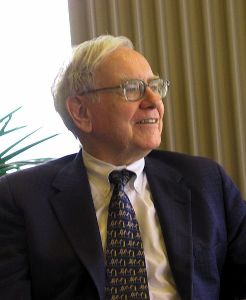|
1. Keep Cash. Have plenty of reserves available both in case of emergencies or for a downturn in the markets, when this resource will come in handy for buying up equity bargains.
2. Boring Is Beautiful. Look for stock opportunities in companies that have little drama, just keep churning out profits year after year. For instance, Proctor and Gamble makes toilet paper, soap, and diapers. Ho-hum. Yet $1 invested in that company in 1986 would be worth $32 today if dividends were reinvested.
3. A Niche is Nice. Companies that control their markets, as due to brand loyalty, do not need to be concerned much with competition. Customers keep coming back and will pay more for their products: think Coca-Cola and WD-40. Hence higher profit margins.
4. Great Managers Make Money. Warren Buffett points out that a company in which we invest should be good enough to outlive a bad manager, for sooner or later it will have to. However, the combination of a great business with a superb leader is hard to beat, for example, Berkshire Hathaway itself or Apple under Steve Jobs or Microsoft under Bill Gates.

Mark Hirschey photo of Warren Buffett during KU visit 5-6-05 (Wikipedia) |
5. Mistakes are Good Mentors. If in the realm of investing we can limit our errors and learn from the ones we do make, they can be beneficial. I recently bought stock in a company that I thought had excellent prospects, only to discover later that it had a lot more debt than I had anticipated, leaving it vulnerable in an economic contraction. The stock has not performed well and so will likely be sold once there is a small profit. By keeping a log of our mistakes and specifically how we went wrong in each case, we may avoid similar blunders in future. We are not perfect. Even Warren Buffett has owned up to costly acquisitions. Yet by limiting our boo-boos we are way ahead in money matters.
| |